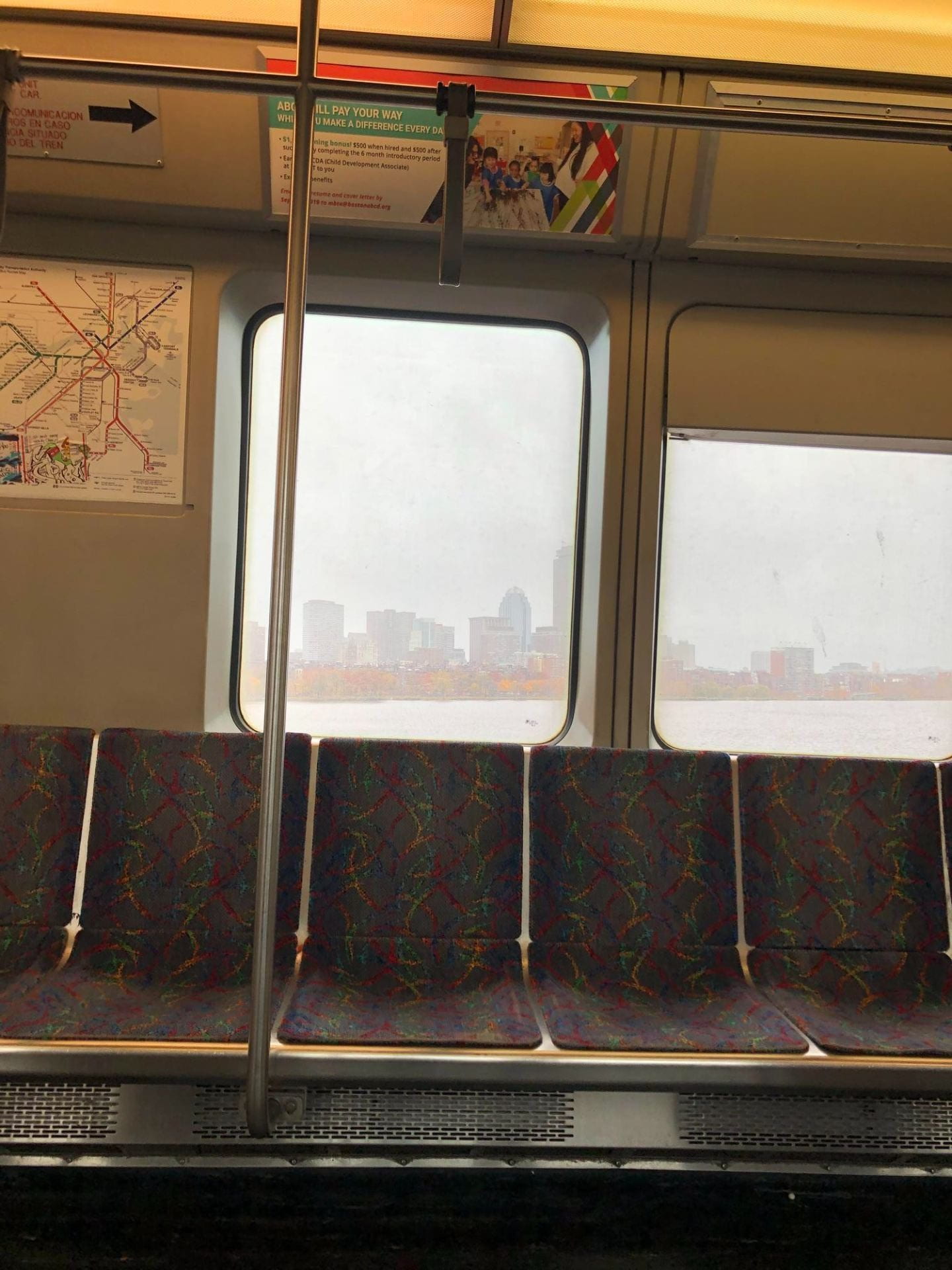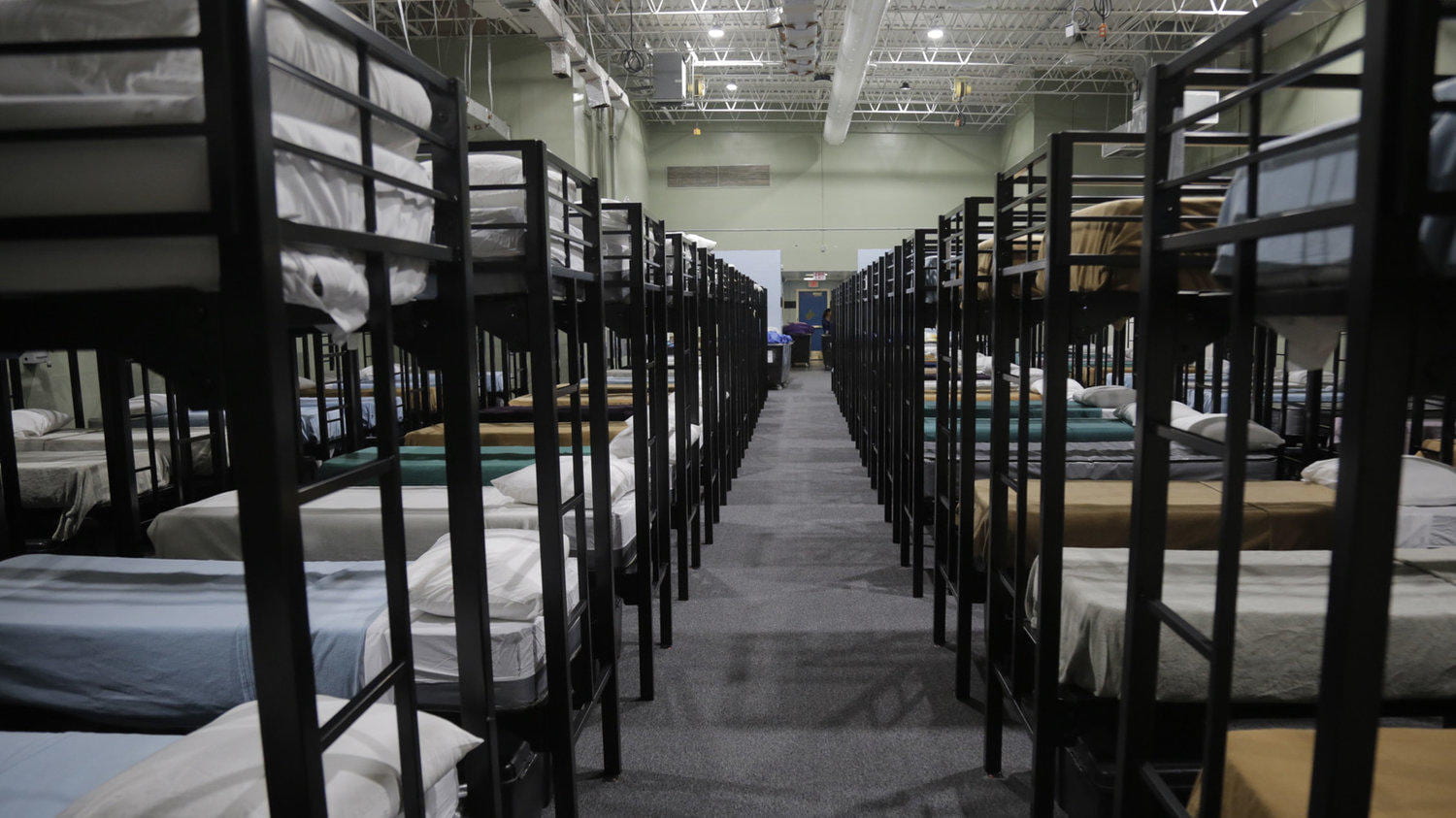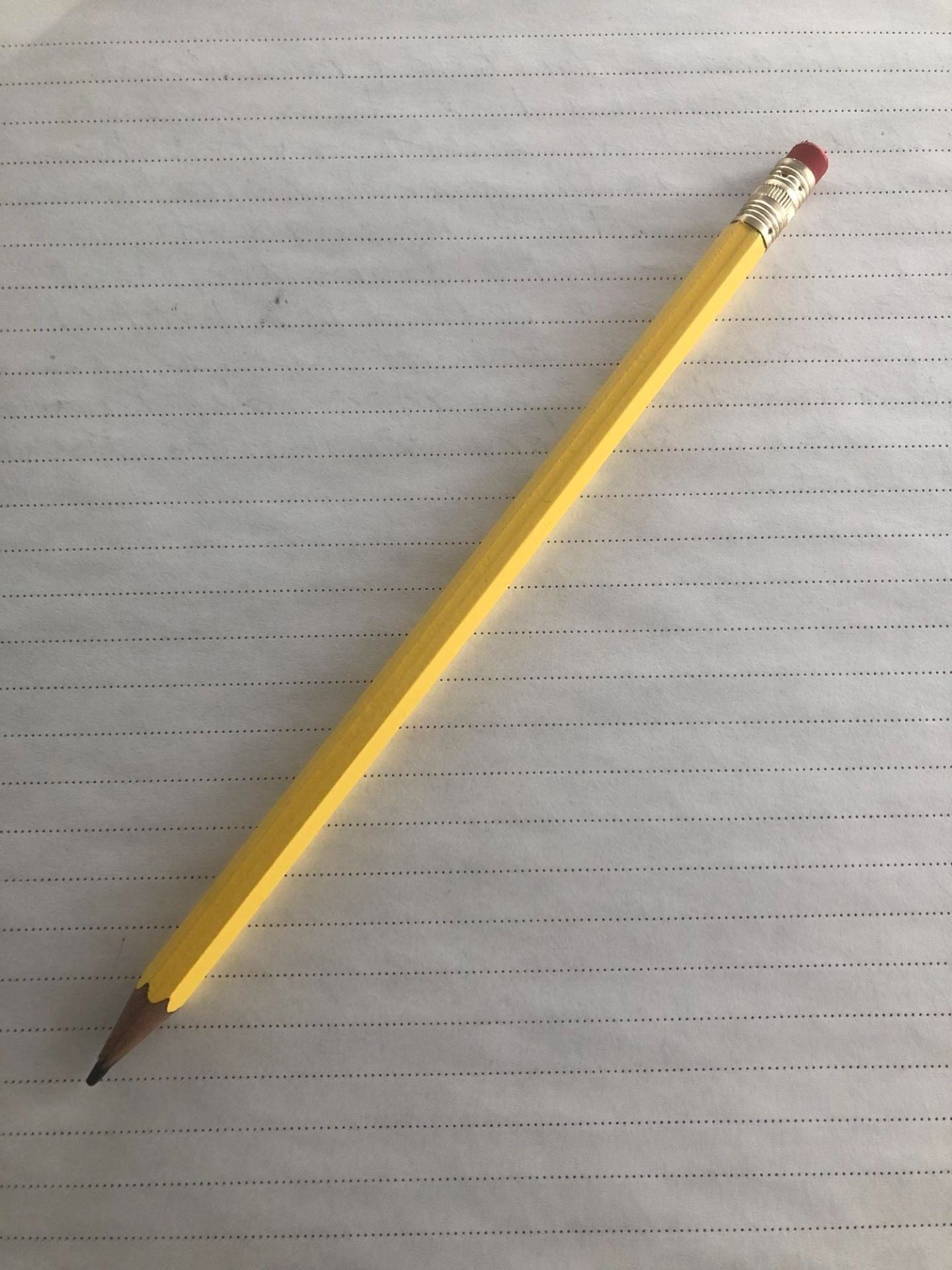
About the Author
Martha C. Franco is a doctoral student in education at Harvard University. Broadly, her research examines the educational experiences of Central American unaccompanied youth. She is a Graduate Student Associate at the David Rockefeller Center for Latin American Studies.
Tracing History with Unaccompanied Central American Youth
Many young people have arrived to the United States from Central America within the last six years and are now enrolled in local high schools. Reading their stories and tracing some of the similarities and differences between my own family’s history and these young people has shaped my research interests. Thus, this past Fall I began to volunteer and start preliminary research for my dissertation at two Massachusetts high schools. Primarily, I work with newcomer youth from Central America and more specifically with unaccompanied youth, that is adolescents who have arrived to the United States from El Salvador, Guatemala or Honduras without any legal guardian.
Working with these young people, I am reminded of my own family’s history. I am the daughter of Salvadoran migrants who fled El Salvador in the 1980s. I grew up surrounded by stories, photos and mementos that served as fleeting glimpses into the former lives of my parents or at least the bits they allowed me to see. While these seemingly inanimate objects gave me a glimpse into a land I did not know for myself, they also taught me to value the depth these photographs, stories and objects held in connecting my parents to experiences they had left behind.
My work has reminded me of these early lessons I learned from my parents, especially the ability to understand when these inanimate objects open portals into broader histories and experiences. Recently, a student opened one of these portals for me. Julio (all names in this article are pseudonyms), a Salvadoran student who has been here for almost a year, looked at my wrist and pointed to the red bracelet I was wearing. He smiled at me and said, “Miss, yo se como hacer eso.” He proceeded to ask his friend sitting next to him if he also knew how to make the bracelets. His friend nodded and they both shared with me that they had actually learned how to make bracelets at the shelter they were placed in after being released from detention. They told me about their time in detention and the shelter and how part of the educational programming available to them at the shelter was learning to make friendship bracelets and other crafts. Often, it served as a distraction from the fact that they were not allowed to leave beyond the confines of the shelter. Julio explained that he had kept all of the bracelets he made and would show me some day. Interestingly, the bracelet I was wearing was given to me by my mother as protection from mal de ojo—the evil eye, yet in this moment it served to remind these students of a time when they were unsure of how long they would go without access to the outside world.
On another occasion, students at different school reminded me of the different costs a pencil can have. Hector, William and I sat at a table as we reviewed some of the English words they would be tested on the next day. I realized I needed a pencil and asked William if I could borrow his. He handed me his pencil and Hector said, “Aquí uno puede comprar doce lápices por un dólar pero en Guatemala un lápiz puede costar hasta dos quetzales.” As William nodded in agreement, he also mentioned that not all the costs that came with leaving Guatemala could be measured through economic costs. Leaving their families behind and the home they had known has been anything but easy. Our conversation started with a pencil and ended with them sharing stories of some of the people, places and things they miss from their hometowns in Guatemala.
My conversations with Central American unaccompanied youth remind me of the often complicated feelings of yearning for the people and places that were left behind in addition to the curiosity and faith in a new country. Feelings I recognized by witnessing them in my own family. Like my own family, some of these young people yearn for those they left behind while they spend time learning to navigate their new life in the United States. These feelings are often complicated even more for youth who fled Central America due to gang violence, state violence and other forms of violence. While the youth I work with were born in what is considered the “post-war period,” the countries they grew up in are still fraught with insecurity, impunity and inequality. A quick Google search will lead most to find that Guatemala, El Salvador and Honduras consistently rank as the top countries with the highest murder rates in the world. These rankings point to the ways in which impunity, state violence and systemic inequality permeate and structure the everyday lives of the people in these nations. Even though the types of violence and inequalities my family and these young people faced might look different, ultimately both generations understand the role violence, insecurity and inequality play in forcing them to leave.
Scholars and journalists alike often ask migrants to explain why they left their country of origin. For migrants from northern Central America these answers usually include a reference to violence and poverty. Seemingly, this question is supposed to provide some context and justification for the migrant being in the United States. I am not suggesting that this question is useless, but I do question why its presence in migrant narratives is necessary. This is a question I have never asked the young people I meet, and I don’t intend to ask them. I don’t need to. There are stories, experiences and objects that offer much more depth than asking someone to justify their movement. Ultimately, I offer the anecdotes above not as way to point to symbols of suffering or hope; life is much too complicated for it to fit so neatly into either category. Instead, these notes remind me of unexpected answers to seemingly simple questions and the ways in which the past has a way of haunting us even when we aren’t looking for it.
More Student Views
Of Salamanders and Spirits
I probably could’ve chosen a better day to visit the CIIDIR-IPN for the first time. It was the last week of September and the city had come to a full stop. Citizens barricaded the streets with tarps and plastic chairs, and protest banners covered the walls of the Edificio de Gobierno del Estado de Oaxaca, all demanding fair wages for the state’s educators. It was my first (but certainly not my last) encounter with the fierce political activism that Oaxaca is known for.
Public Universities in Peru
Visits to two public universities in Peru over the last two summers helped deepen my understanding of the system and explore some ideas for my own research. The first summer, I began visiting the National University of San Marcos (UNMSM) to learn about historical admissions processes and search for lists of applicants and admitted students. I wanted to identify those students and follow their educational, professional and political trajectories at one of the country’s most important universities. In the summer of 2025, I once again visited UNMSM in Lima and traveled to Cusco to visit the National University of San Antonio Abad del Cusco (UNSAAC). This time, I conducted interviews with professors and student representatives to learn about their experiences and perspectives on higher-education policies such as faculty salary reforms and the processes for the hiring and promotion of professors.
Post-Secondary Education Access in Peru
Over the summer, I visited four public schools in Peru located in two regions, about 1,200 miles apart from each other. I interviewed teachers, principals and high school juniors and seniors. I wanted to discover their perspectives on perceived opportunities and barriers for students to plan for and fulfill their higher education goals. I also interviewed the superintendent at each school district to learn about local initiatives aimed at decreasing barriers to higher education transition.








